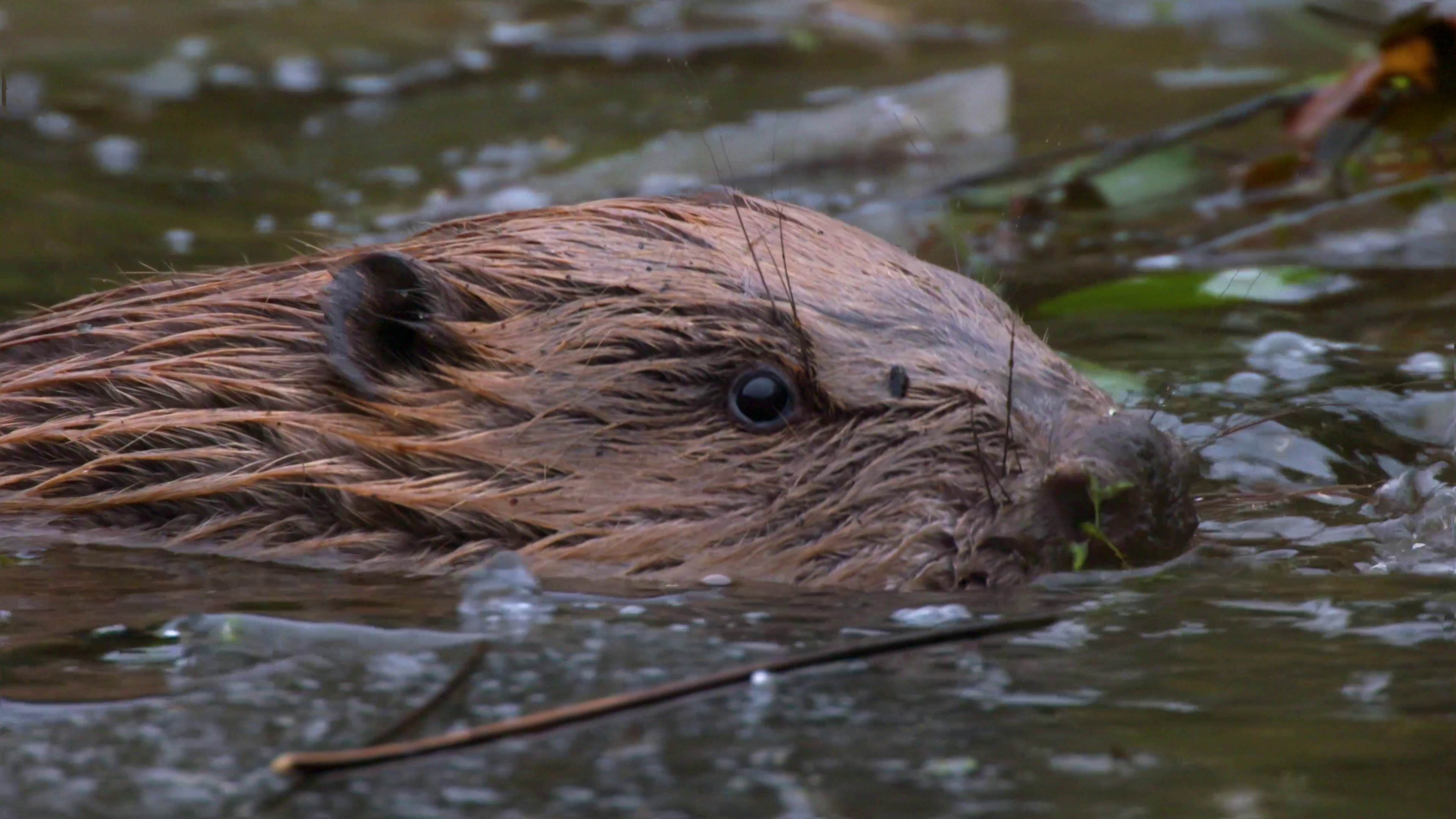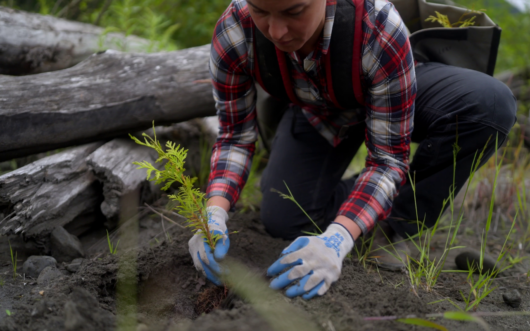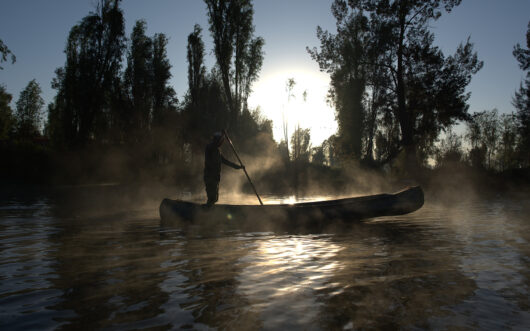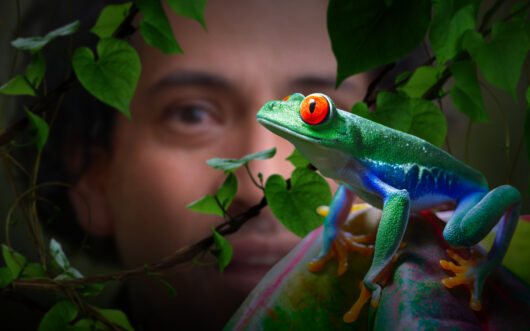There are thousands of Wild Hope stories waiting to be told. On every continent, in every ocean, and in our own backyards, people are stepping up and taking a stand to protect nature and restore biodiversity.
We’re kicking off this Summer of Wild Hope with eight stories from around the world that reveal how people are bringing species and ecosystems back from the brink. These first stories capture unexpected moments of ingenuity and camaraderie, and we hope they’ll inspire the same sense of hope in you that they did in us. And rest assured, there are many more to come.
The Big Oyster
New York Harbor was a haven of incredible underwater biodiversity—until centuries of pollution turned it into a cesspool. Today, an alliance of architects, restaurateurs, scientists, and high school students is working to restore the harbor and protect the city from climate change. At the heart of the effort is a tiny creature with an outsized talent for cleanup: the extraordinary oyster.
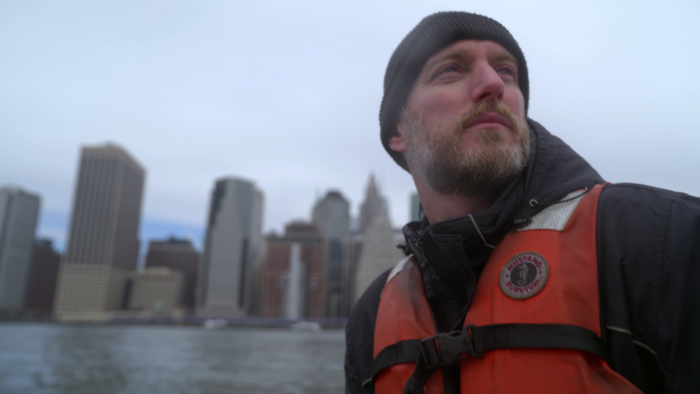
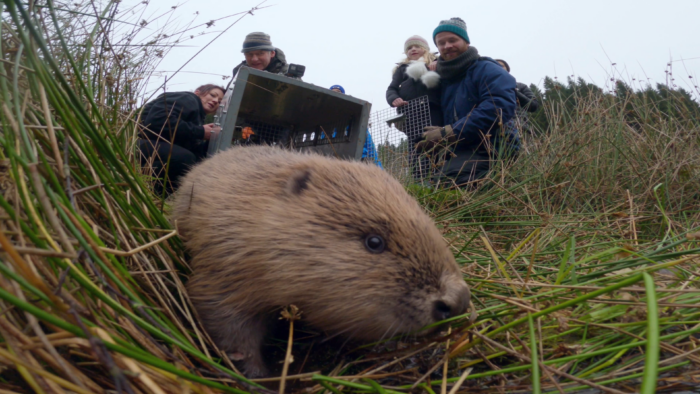
Beaver Fever
The surprise return of beavers to the British countryside brings benefits and controversy for humans and wildlife alike. The work of these famously busy rodents increases local biodiversity, reduces storm-induced flooding, and restores wilderness to a highly manicured landscape. It also injects some chaos into the lives of the beavers’ human neighbors. Can the British beavers regain their former glory as powerful ecosystem engineers, or is their new home too domesticated to return to the wild?
Woodpecker Wars
One of the most inspiring conservation stories in American history is playing out on, of all places, a live-fire training ground at Ft. Bragg Army base in North Carolina. There, an improbable alliance is giving a special bird—the endangered red-cockaded woodpecker (RCW)—a new lease on life. After a clash between U.S. Fish and Wildlife and the U.S. Army revealed that low grade forest fires sparked by artillery and tracers inadvertently created excellent woodpecker habitat, the two sides joined forces to monitor and protect the birds on the base. Landowners on nearby properties are joining the effort—putting aside mutual suspicions and using fire to save the RCW and ignite a passion for wildlife.
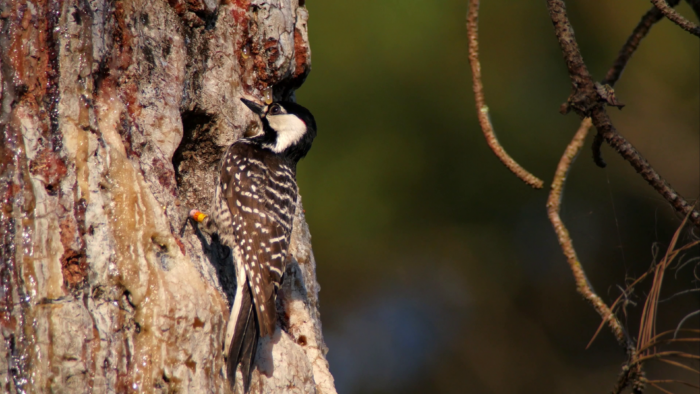
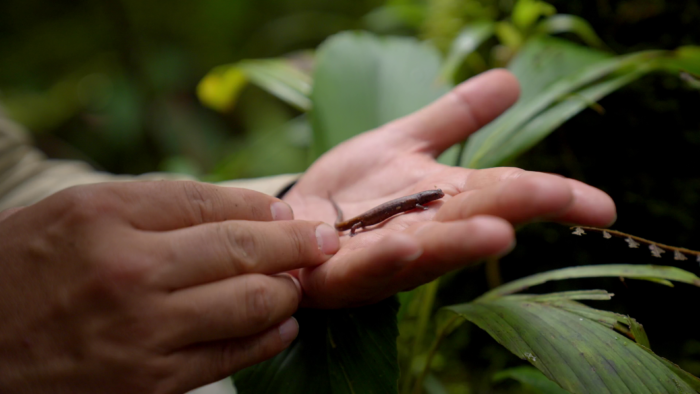
Does Nature Have Rights?
Ecuador is one of the most biodiverse places on the planet, yet its wild spaces are also among the most threatened. In 2008, the country became the first nation in the world to enshrine the “rights of nature” in its constitution—granting wild species their own legal rights to exist. Today, conservationists are putting that powerful tool to the test as they battle to save the country’s biodiversity.
The Beautiful Undammed
Ten years after the largest dam removal in history—on the Elwha River, in Washington State—scientists are chronicling an inspiring story of ecological rebirth. Recovering salmon populations are transferring critical nutrients from the ocean into the forests along the Elwha’s banks, enriching the entire ecosystem. The Elwha’s revival is encouraging advocates to push for the removal of many larger dams in the region, and in the rest of the world.
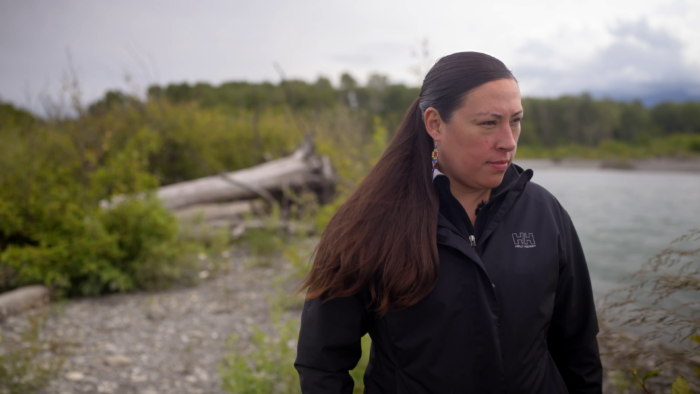
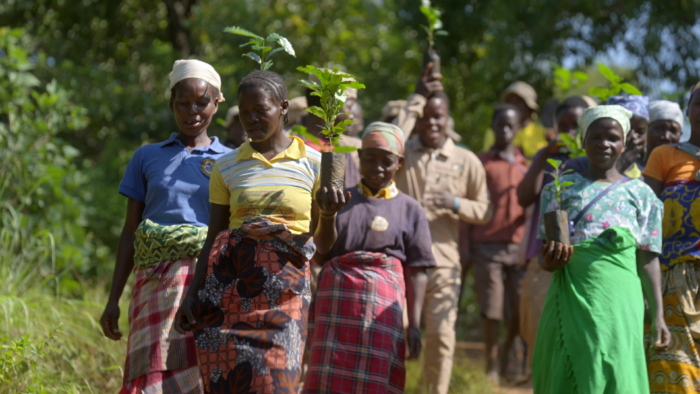
Coffee For Water
Decades of war and unsustainable agriculture have stripped almost half the trees from the rainforest atop Mozambique’s Mount Gorongosa. The devastation threatens the watershed that sustains life in nearby communities and in Gorongosa National Park. Now, park experts and local farmers are uniting to plant a new shade-loving cash crop—coffee—that will help restore the forest and ensure a more prosperous future for humans and wildlife alike.
Salamander of the Gods
The axolotl—an amphibian with incredible regenerative abilities—is ubiquitous in pet stores, science labs and pop culture, yet almost extinct in the wild. Now, scientists and farmers in Mexico City are using ancient Aztec farming techniques to secure the creature’s future. Meanwhile, another team is partnering with salamander-breeding, cough syrup-making Dominican nuns to save a closely-related species—the achoque.
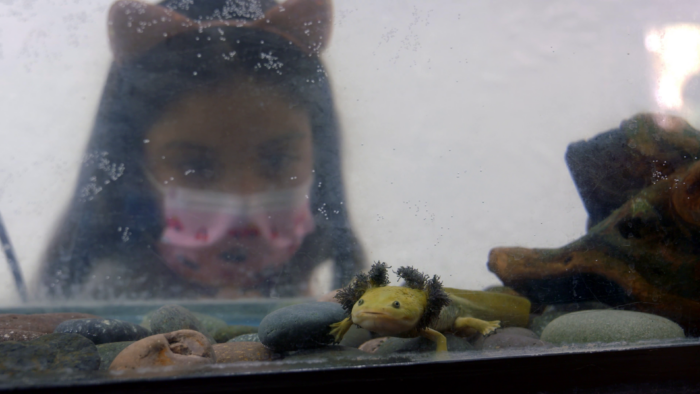
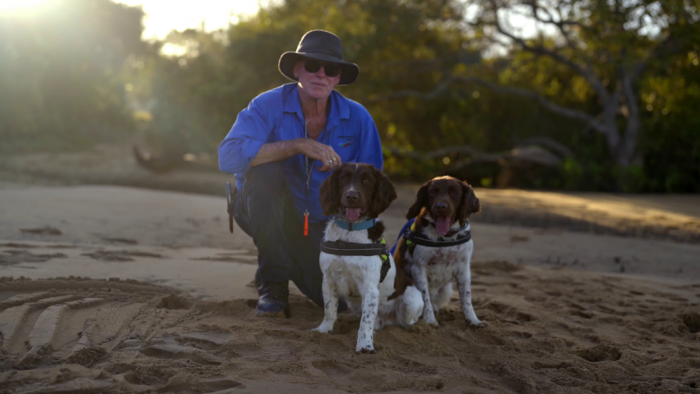
Canine Conservationists
Dogs are often thought of as humans’ best friends. But in Australia, they’re also being enlisted to save other species. Canine conservationists—and their sensitive noses—are helping researchers locate dwindling populations of elusive koalas as their habitats get fragmented by urbanization and devastated by wildfires. Dogs are also helping scientists track down—and take out—invasive foxes that have been devastating native sea turtle populations.
